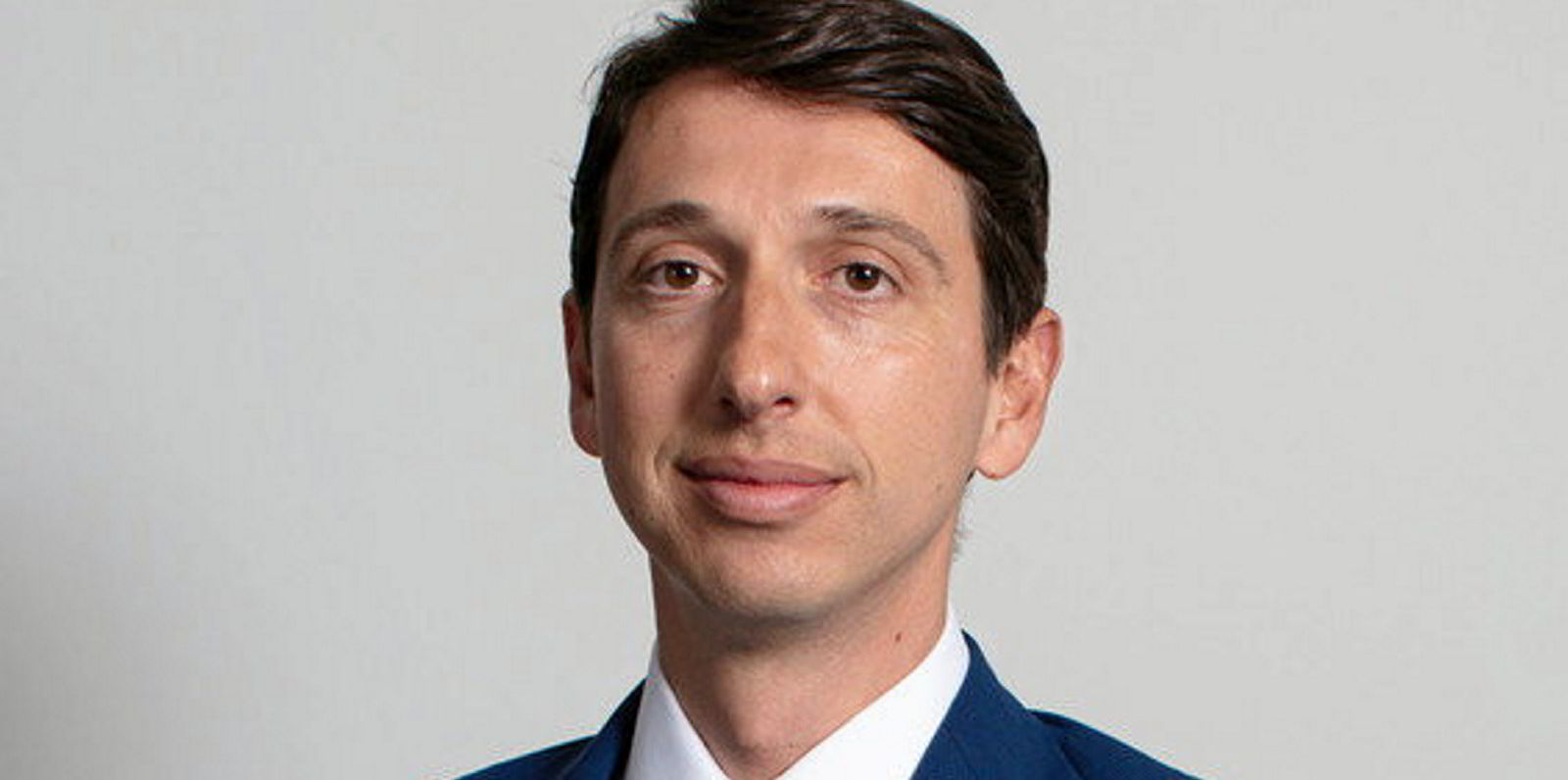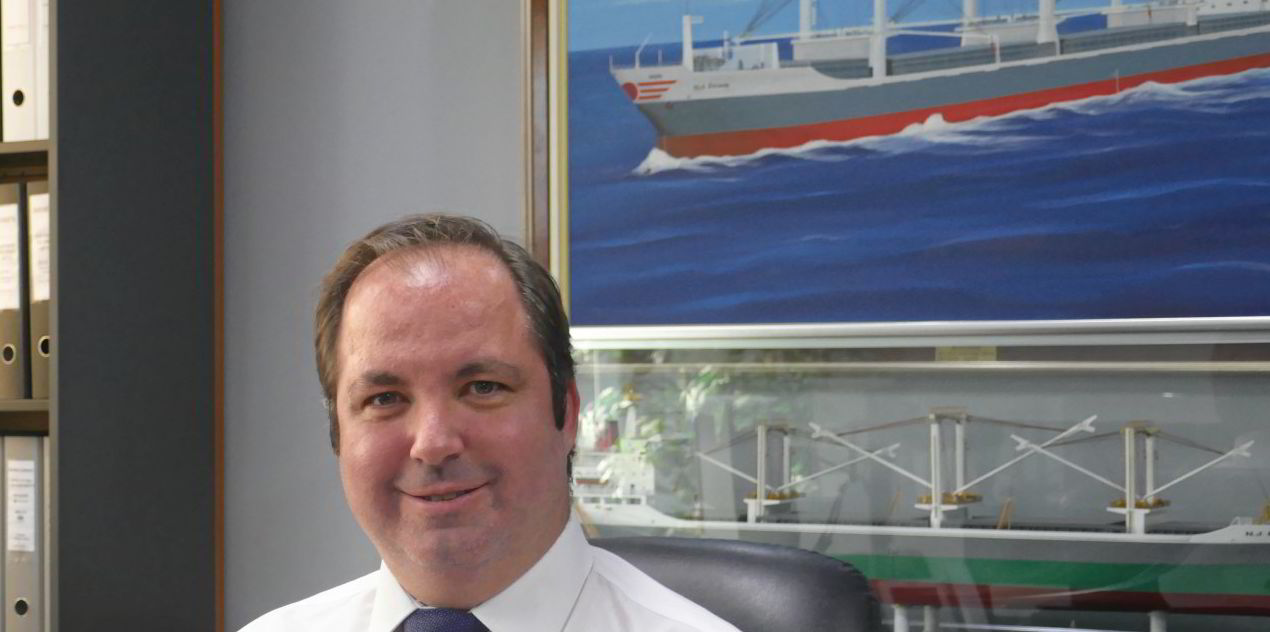With frustration among shipping players rising, only a few weeks after the Carbon Intensity Index (CII) was introduced, ideas on how best to revise it in 2026 are already making the rounds.
Trafigura’s global head of wet freight, Andrea Olivi, weighed in to the debate on Thursday, arguing that the index should be based on the Energy Efficiency Operational Indicator (EEOI) rather than on the Annual Efficiency Rate (AER) used currently.
“We need to change the current format,” Olivi told Capital Link’s 13th Annual Greek Shipping Forum in Athens.
International Maritime Organization secretary general Kitack Lim was in the audience.
By focusing on vessels’ tonnage, the AER-based CII is “potentially promoting bad behaviour”, such as ballasting, Olivi said.
A switch to the EEOI, which focuses more on tonne-miles of transport work rather than on deadweight tonnage, would represent an improvement, he argued: “It’s not perfect but definitely better than AER.”
However, not everyone agreed.
Panos Zachariadis, technical director at Greece’s Atlantic Bulk Carriers and a member of Bimco’s marine environment committee, poured cold water on the idea.
The EEOI is so volatile, the Greek manager said, that it resembles “a random number generator”.
The AER at least offers shipping players “a good chance to achieve the rating you want using your own actions”, Zachariadis added.
“Chance plays a much bigger role” with the EEOI, and if that measure is used, “we’ll regret it in the future”.

In real life, the two measures can bring about completely different results, Philippos Philis, chief executive of Cyprus-based bulker company Lemissoler Navigation, told the panel.
The Lemissoler ship producing the best rating under the AER generates the worst one under the EEOI, he said.
‘Put your money where your mouth is’
EEOI and AER was not the only CII-related issue on which Zachariadis and Olivi failed to see eye to eye during the discussion.
A second topic of disagreement was a CII clause introduced by Bimco last year.
Zachariadis, who was a member of the Bimco drafting subcommittee that worked out the clause, jumped to its defence.
“The fact that many charterers don’t like it shows that their money isn’t where their mouth is,” he told the audience.
Olivi, by contrast, came out in support of the charterers who have been attacking the clause as “unbalanced” and “unworkable”.
“The words ‘balance’ and ‘Bimco clause’ shouldn’t be used in the same sentence … it’s extremely against charterers’ favour,” he said.
According to Olivi, Trafigura does not use the Bimco clause, regardless of which hat it is wearing in the market — that of cargo provider or ship operator chartering out tonnage.
Whenever shipowners push Trafigura to include the Bimco clause in charterparties, the chartering giant has been able “to agree to a softer version which doesn’t push full indemnities and liabilities on charterers’ account”.
“It’s a softer clause that promotes dialogue between charterers and owners,” he said.





